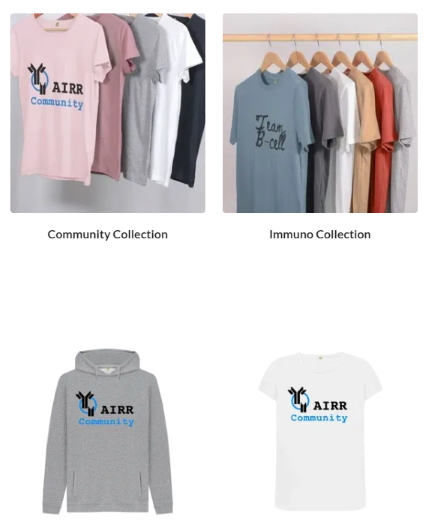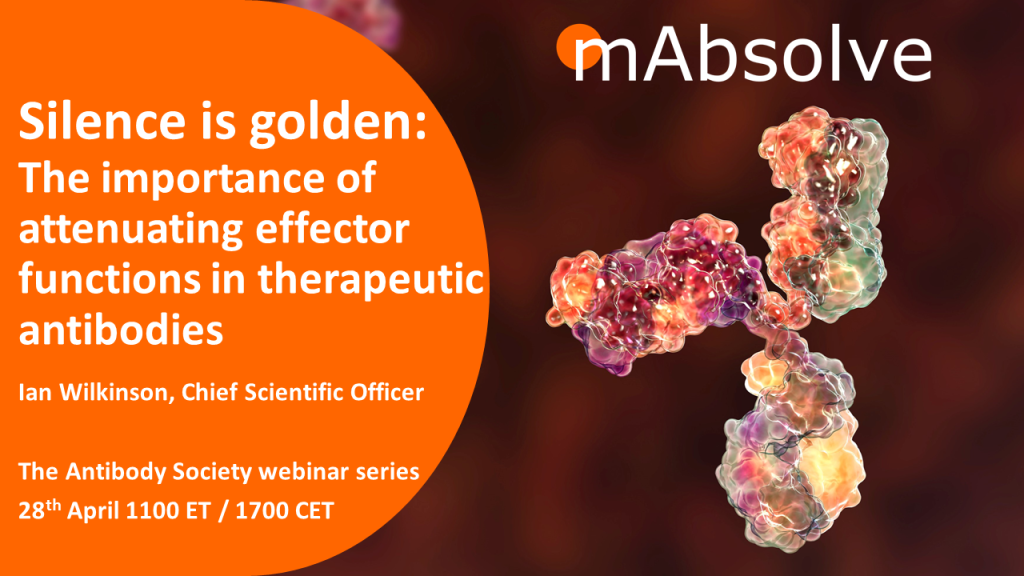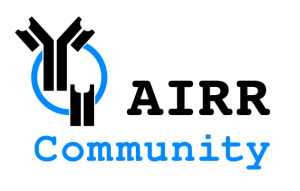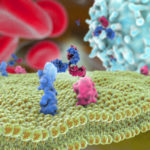 The AIRR Communications Sub-committee is pleased to announce the launch of an online merchandise shop featuring AIRR Community logo’d merchandise. Shirts, hoodies, tote bags and stickers are currently available, with additional designs to be added in the future. Be sure to check out the special Immuno-Collection while you are browsing!
The AIRR Communications Sub-committee is pleased to announce the launch of an online merchandise shop featuring AIRR Community logo’d merchandise. Shirts, hoodies, tote bags and stickers are currently available, with additional designs to be added in the future. Be sure to check out the special Immuno-Collection while you are browsing!
All products are constructed from certified organic fabrics and printed in the UK in a renewable energy powered factory. Delivery is £6 for EU and £7 for international orders. Expected shipping times are 2 weeks for EU, approximately 3-4 weeks for international.
Order yours today to support the Community and show your AIRR-C pride with style!




